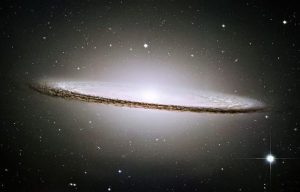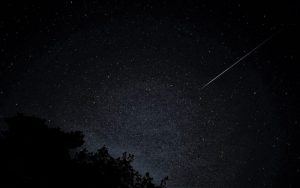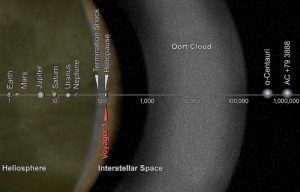Sombrero Galaxy
Sombrero Galaxy is a giant elliptical galaxy if seen from the side in which you can see a large nucleus surrounded by an extensive band of dust that belongs to Virgo constellation and which is located 28 million light years away. It is known by the name Messier 104, M104, also called NGC4594. It is one of the twelve constellations of the zodiac following Leo to the east and is located before Libra in its displacement.

- Type: Spiral Galaxy
- Diameter: Between 50,000 and 140,000 light-years
- Distance to Earth: 28 million light-years
What is the Sombrero Galaxy?
Also known by the name of Messier 104, the Sombrero Galaxy, which belongs to Virgo Constellation, has a giant elliptical shape when observed from the side and has a nucleus surrounded by an extensive dust band.
History of the Sombrero Galaxy
Sombrero Galaxy was found by Pierre Méchain in the 18th century and was described by the scientist as a rather faint type of nebula. Later, in 1784, William Herschel discovered it independently. In 1912, Vesto Slipher discovered that the galaxy had a redshift, which means that it had an increase in the wavelength of electromagnetic radiation.
Location of the Sombrero Galaxy
The galaxy is located in Virgo constellation but is not considered part of the Virgo Cluster. It is located approximately 28,000 light years from Earth.
Structure of the Sombrero Galaxy
The structure of this galaxy is spiral-shaped if we look at it from the side and has a glow in the densest core of stars and the disk of dust and gas. In it, a set of star protuberances and a hidden disc located in the ring of dust that surrounds it can be found. This disk is deformed due to gravitational force that other galaxies exert on it. In its structure, can also be observed a series of spots grouped at the farthest edges of the ring, which indicates that younger regions of star clusters are forming.
Observation
The Sombrero Galaxy can be easily located and seen when the known Spica star, which is the main part of Virgo’s constellation, is located. From this location it is possible to observe the galaxy as it has a declination equal to that of the M104. Then, it must move 11.5° to the west. It is visible through the use of binoculars with 7x magnification and 35 mm aperture. It can also be observed through an amateur telescope with an aperture of 4 mm. With 6-inch telescopes and with good weather conditions, the galactic halo can be observed, and with 8 mm, the disc bulge can be appreciated.
Curiosities
Some of the most relevant curiosities of Sombrero Galaxy are the following:
- It has a galactic halo of immense dimensions.
- It has in its center, an enormous black hole.
- The galaxy is crossed by a band of dark dust, which is formed by a great amount of young and luminous stars in a longitudinal way.
- It presents an inclination from our perspective.
- It has the shape of a Mexican hat with a wide brim, and from there derives its name.
- The hat’s appearance is due to the central bulb of stars it possesses.
- It is approximately fifty million years old.
- It also has a large number of different globular clusters, about 2000.
- The mass of its central black hole has been considered to be approximately 1000 million solar masses, making it the largest of the black holes measured in nearby galaxies.
How to cite this article?
Briceño V., Gabriela. (2019). Sombrero Galaxy. Recovered on 24 February, 2024, de Euston96: https://www.euston96.com/en/sombrero-galaxy/









